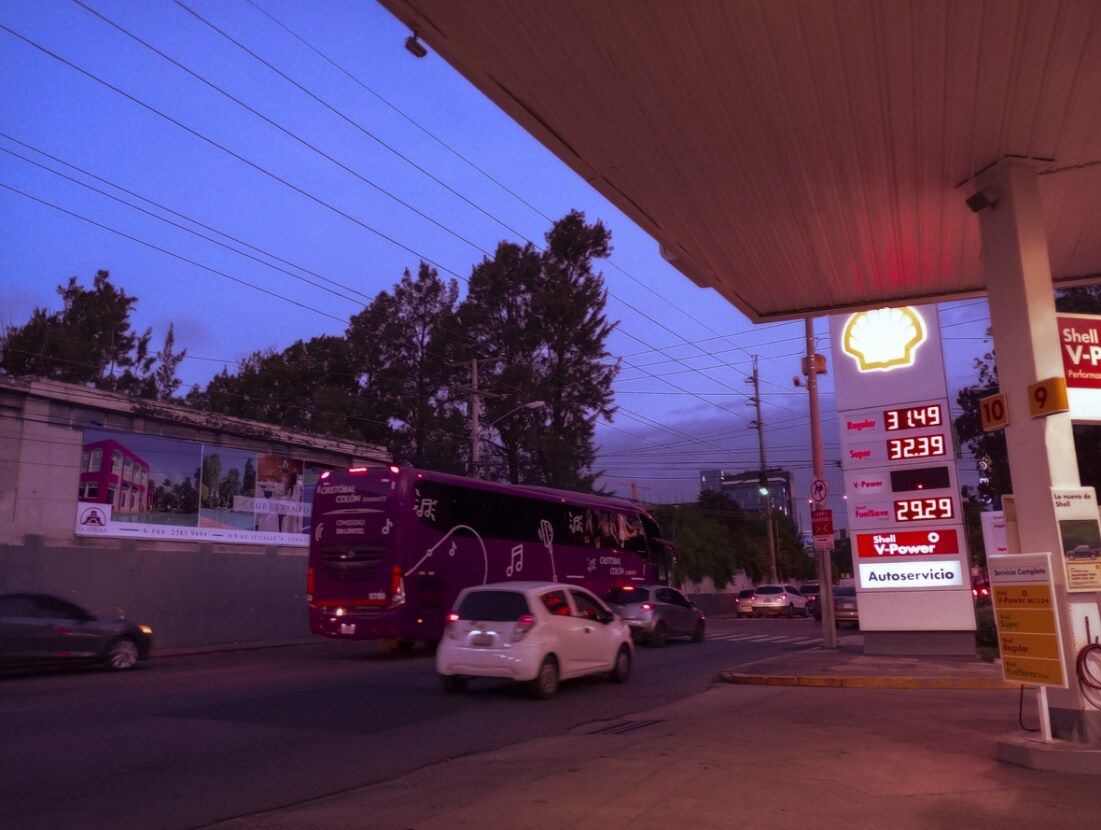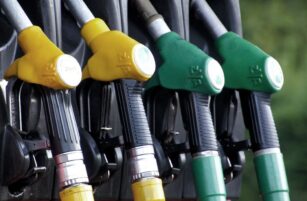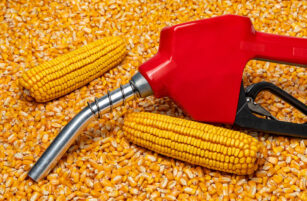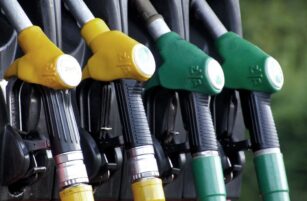
Insight Focus
- Guatemala will adopt a 10% ethanol blend from 2025, not 2024 as previously intended.
- Guatemala is already self-sufficient in ethanol production.
- The EU and USA may soon need to import from other sources.
Last year, the government of Guatemala announced that starting January 1st, 2024, all gasoline must contain 10% ethanol. That mandate has since changed. Guatemala just announced that the law has been postponed to January 1st, 2025. The Guatemalan Ministry of Energy and Mining will announce the exact blend every June. The minimum amount the mix can be is 5% and it can vary from year to year. Many expect the ethanol blend to be 10%.
Effects of the New Law
Guatemala currently produces 245m litres of ethanol a year, all of it coming from sugar cane. 90% of this is exported, while the remaining 10% is used in the domestic beverage and pharmaceutical industry. Of these exports, 40% go to the European Union with a further 20% going to the USA. Once the new blend is applied, these countries may need to source new ethanol supply.
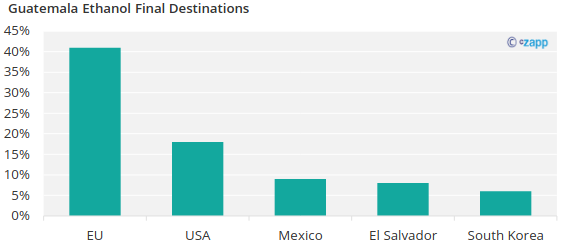
We are interested to see what happens to Guatemalan sugar prices once the ethanol blend is applied. When the United States began to blend ethanol into gasoline, farm acreage where corn is grown increased by about 9%. It’s possible something similar happens to Guatemalan sugar cane.
Why is Guatemala Shifting Towards Ethanol?
There are several reasons why Guatemala is shifting towards ethanol. One is the positive environmental impact it will have. Reports have shown that by turning to a 10% ethanol blend, Guatemala will save 7 million tonnes of CO2 from reaching the atmosphere. This move will help Guatemala reach its Paris Agreement goal of reducing CO2 emissions by 11% by 2030.
There are financial reasons as well. Guatemala will save around USD 75m per year in combustibles imports after implementing the blend. This move will also help Guatemala reduce its dependency on oil and will help alleviate high domestic gasoline prices.
Lastly, Guatemala is implementing the blend for logistical reasons. Guatemala is one of the largest sugar producers in the world. We estimate Guatemala will produce around 3 million tonnes of sugar in 2022/23.
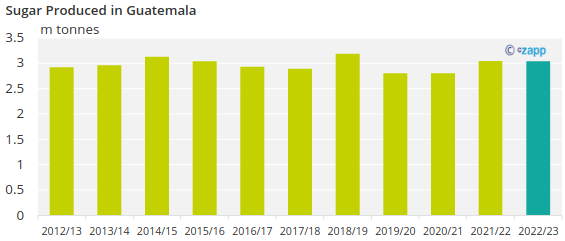
Since Guatemala already produces a high sugar volume, it won’t have to import ethanol from other countries. Studies claim that for Guatemala to implement its 10% blend, it will need around 238 million liters of ethanol. With its five current distilleries, Guatemala can produce 245 million liters of ethanol.
